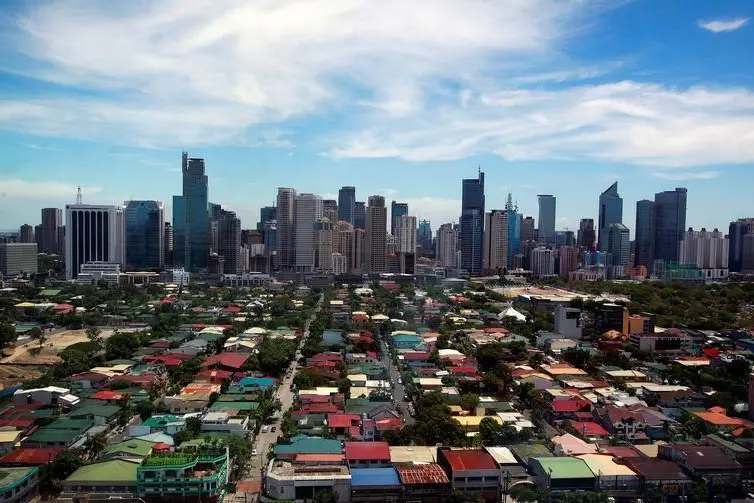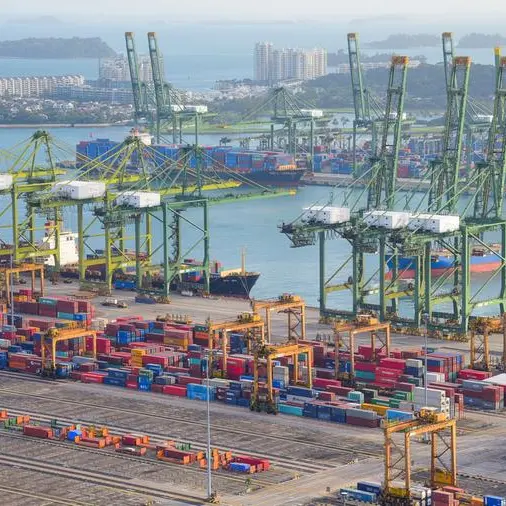PHOTO
Transition to a weak La Niña is expected between August and October, according to the Philippine Atmospheric, Geophysical and Astronomical Services Administration (PAGASA).
The Philippines is currently in the El Niño-Southern Oscillation neutral phase, which means neither El Niño nor La Niña.
La Niña cannot be declared yet as the ENSO alert and warning system has not reached a certain threshold, said PAGASA Climatology and Agrometeorology Division weather services chief Thelma Cinco.
Under La Niña, surface temperatures in the central equatorial Pacific are colder or lower than negative 0.5 degrees Celsius.
Rains are expected toward the end of the year, Cinco said.
Meanwhile, PAGASA yesterday launched new services that would help disseminate weather information to the public.
The PAGASA National Hydro-met Observing Network is a 'one-stop shop' that provides real-time data through an interactive map.
This map would show the progression of rains in the past 24 hours, which could be used by Disaster Risk Reduction Management personnel.
'Through this weather tool, PAGASA and the general public can make plans and coordinate the impact of observed rains in localities,' said PAGASA senior weather specialist Raymond Ordinario.
Copyright © 2022 PhilSTAR Daily, Inc Provided by SyndiGate Media Inc. (Syndigate.info).












